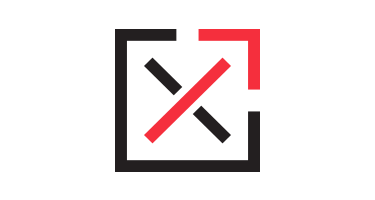What your brand color says about you
We have all heard the terms “feeling blue” or “seeing red,” but few people realize the significance of colors when it comes to branding and displaying a brand or product. I’m sure you have asked yourself questions like, “why do many fast food restaurants contain warms colors like reds & yellows,” or, “why are so many tech companies logos blue or green”… These colors are most likely are not chosen by chance, but rather selected using years of research, data, display testing, and human psychology. Millions of dollars has been spent trying to find the perfect color to trigger a reaction from a consumer.
Colors & cultures
One thing to remember is that certain colors may have different meanings in different cultures. For example, black is often associated with death in Western Culture; while in Japan, white is the color associated with mourning. So always be sure to do research on your target market’s cultural beliefs related to color.
Now let’s explore the significance of 6 popular color choices and the industries that often use them.
RED
Red is a very passionate color that is often associated with strong feelings like desire, lust, rage, passion, love, and power. It is one of the most popular colors in the world, seen on many national flags and ancient heraldry or historical sigils due to it’s ability to promote courage or strength.
Common industries that use the color red include restaurants, food, entertainment, energy goods(like energy drinks), candy, and adult industries.
BLUE
Being the color of the sea and the sky, blue is often associated with brands that want to promote coolness, calmness, cleanliness, piety, and stability. Delving deeper into blue, we find that people will often feel clean, secure, relaxed, and tranquil when viewing blue. Some studies have even shown blue to slow human metabolism (making it a poor choice for many restaurants).
Common industries that wave the blue flag include healthcare, beverages, cleaners, travel industries, and tech companies for the serene feelings blue may exude.
GREEN
Green is a color found abundantly in nature. It exudes stability, safety, wealth, the outdoors, and of course, being being eco-conscious. Most commonly used in outdoor, financial, or eco-related products, green is also the color of movement (street signs & traffic lights). Studies have also shown that green shades can be some of the most relaxing colors to the human viewer.
Common industries that use green include financial services, banking, spas, outdoor recreation companies, and recycling.
ORANGE
Orange blends the joy yellow with the energy of red. It can showcase emotions like success, creativity, enthusiasm, confidence, desires, and friendliness. Orange has been found to stimulate the human brain, but not to the levels of red (which can actually raise blood pressure) which make it an excellent choice for many digital companies.
Common industries that use orange are tech, design and development companies, ad agencies, toys, children’s goods, and some restaurants.
YELLOW
Yellow’s meaning is very much like the color itself—bright, joyous, energetic, and cheerful. Yellow has many shades and can be used in a multitude of services. Generally, the lighter shades will be used in home and baby items while a more rich yellow will be used to grab attention or even promote wealth. Yellow is the ultimate color of taxis and was once viewed as a color of loyalty and honor, but that association is generally lost, leaving yellow to represent cowardice.
Common industries that use yellow are religious organizations, baby goods, lighting, home goods, construction services, taxis, and of course, fast food restaurants.
PURPLE
Purple has long been the color of royalty. Some ancient civilizations would even enforce harsh laws to keep purple for the rich and noble. Purple is still the color of luxury, wealth, or extravagance, but it can also be used to show wisdom, creativity, imagination, and innovation. Purple is one of the favorites of children, with some surveys finding it to be the most popular color for children under 13 years old.
Common industries that use purple include feminine products, luxury goods, home decor, children’s items, and churches.
What colors do you use in your brand? Did you have a reason for using them? Do you find yourself attracted to colors or brands with a certain color?
Sources include Adobe and Color Wheel Pro


